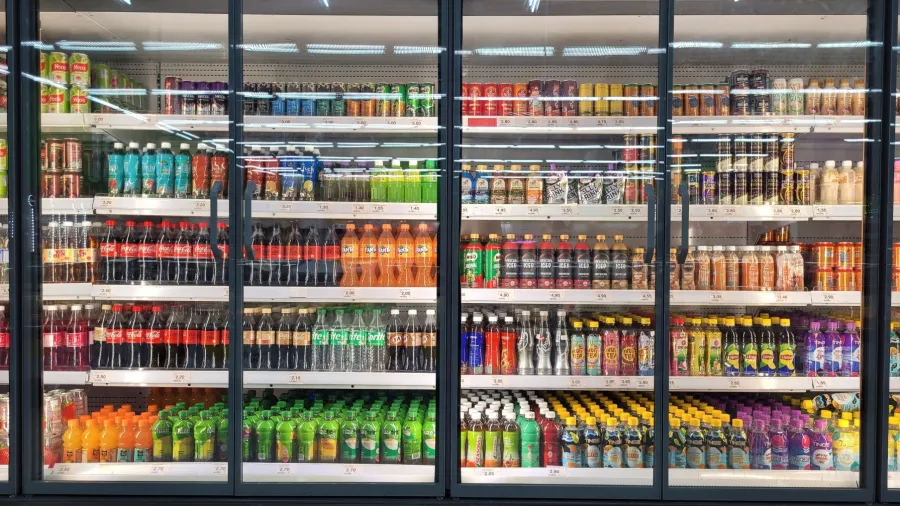
Thailand sees boom in out-of-home consumption
FMCG brands are urged to realign their products and marketing to match the rising demand for convenience-driven purchases.
OUT-of-home (OOH) consumption is experiencing a resurgence, primarily fuelled by the resumption of free mobility and on-site activities post-COVID, and the demand for convenience.
“The ‘staying home economy’ is not there anymore. People resume the outer form activity,” Howard Chang, managing director of the Worldpanel Division at Kantar Thailand and Malaysia, told Retail Asia, as he discussed fast-moving consumer goods or FMCG.
The 2024 Thailand FMCG Outlook report by Worldpanel defines OOH consumption as purchasing and consuming products away from home, whether on-the-go, on-premises, or at work. The report revealed a 4.3% increase in total volume and a 3.4% rise in spending per trip for OOH consumption.
Morning occasions, in particular, have witnessed a substantial surge in OOH purchases throughout 2023.
“The three highest moments throughout the day will be the morning occasions right after lunch and then in the evening onwards, and all these three occasions are important, but during the year 2023, we saw the largest rise for the morning occasions,” said Chang.
Products such as energy drinks, ready-to-drink coffee, and liquid dairy experienced heightened demand during these peak periods.
Whilst the take-home market shows signs of recovery, consumer cautiousness in spending continues to impact it, resulting in fewer trips made but slightly increased budgets per trip, with more funds directed towards OOH activities.
“This is impacting product selection and channel choice for In-Home consumption, which brands will need to consider when planning their future strategy,” the report stated.
Chang also said the shift towards OOH consumption signifies a fundamental change in consumer behaviour, where convenience reigns supreme in purchasing decisions.
As people resume their pre-pandemic routines, convenience becomes paramount in their purchasing decisions.
He said FMCG brands must adapt to these evolving consumption patterns by ensuring their products are readily available and easily accessible to consumers on the go.
Chang also stressed that brands must align their product offerings and marketing strategies to cater to the growing demand for convenience-driven purchases.

















 Advertise
Advertise







